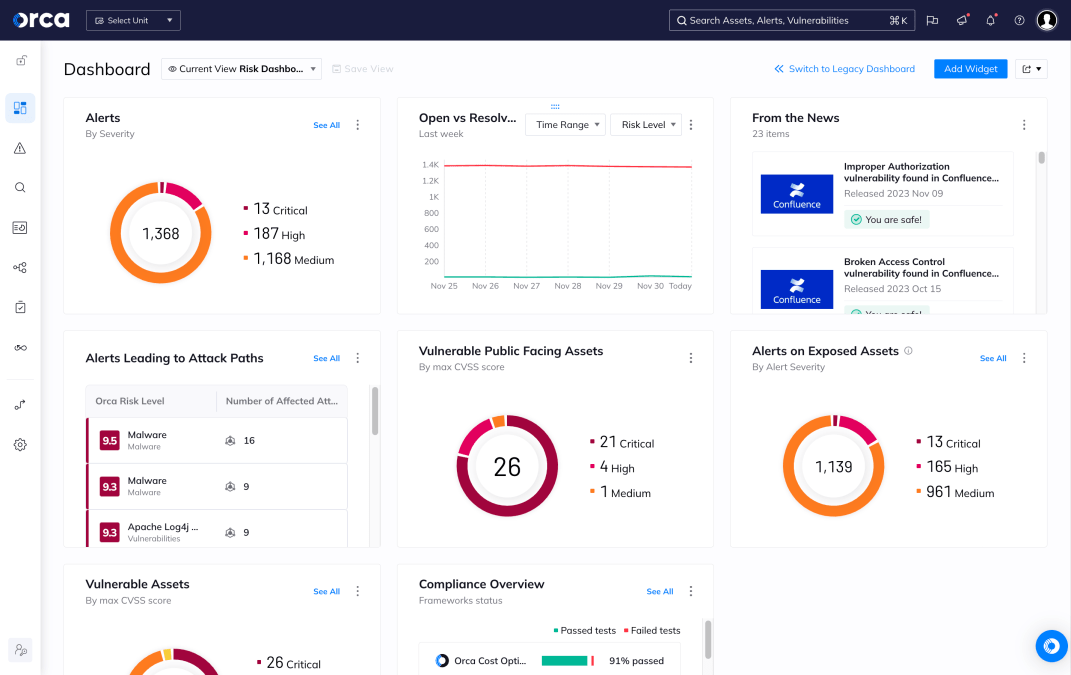
Swiggy: India’s Quick Commerce Giant Built on Cloud-Native Architecture
Swiggy dominates India’s quick commerce market by delivering everything from restaurant meals to electronics in under 10 minutes. The platform operates three core business lines: food delivery, Instamart for rapid grocery and retail fulfillment, and dine-out for restaurant reservations and events. As Vivek Garg explains, “Swiggy caters to this newer generation looking for instant gratification for almost everything. We’re delivering iPhones in 10 minutes.”
The company’s cloud-native foundation sets it apart from traditional enterprises that migrated to the cloud. Swiggy was born directly into AWS in 2014, building its entire technology stack around cloud services from day one.
Born in the Cloud, Built for Scale
Swiggy was “born into the cloud” when it launched in 2014. “We don’t have experience of on-premises or enterprise infrastructure,” Garg notes. “We were born into the cloud, specifically AWS, starting with a simple WordPress website and growing into a fully cloud-native operation.”
This cloud-first approach shaped Swiggy’s entire technology philosophy. “For us, the cloud is where we have hosted our infrastructure, the cloud is where we run our infrastructure. We have not seen the world outside the cloud,” Garg explains.

The Challenge: Growth Without Guardrails
Swiggy’s explosive growth trajectory created some security blind spots. The company’s laser focus on scaling to meet customer demand meant infrastructure decisions were made reactively, often without comprehensive security oversight. Teams routinely opened network ports and shared data to meet urgent business requirements, but no centralized system tracked these changes or assessed their security implications.
“We grew at a rate other companies envy, but there were side effects,” Garg recalls. “Our infrastructure was unmanaged. We didn’t know what was running in production or whether it was secure.”
The vulnerability management situation was equally problematic. Previous security tools generated thousands of alerts without meaningful context, creating impossible prioritization challenges. With no systematic detection and response process, the security team operated in reactive mode without clear SLAs or risk-based frameworks.
Choosing Orca for Intelligent Cloud Security
Swiggy discovered Orca through multiple channels. “We heard about Orca from internal research, team members from previous organizations, and conference encounters. When you hear about technology from multiple sources, your confidence increases,” Garg said.
Two critical factors distinguished Orca from alternatives. The platform’s sophisticated vulnerability categorization addressed Swiggy’s most pressing pain point. “The ability to categorize vulnerabilities into P0, P1, P2 based on exploitability stood out,” Garg notes. “Many vulnerabilities exist, but if outsiders can’t reach them, they’re not P0 priority.”
Equally important was Orca’s pricing model, which aligned with Swiggy’s cost-conscious requirements. Importantly, the company needed security solutions that delivered maximum value without excessive cost burden.

Complete Security Transformation
Implementation delivered immediate visibility across Swiggy’s entire production environment. The Orca Platform automatically discovered all running services, mapped network exposure, and provided clear risk assessments for each component. This eliminated the guesswork that previously characterized security decision-making.
The vulnerability management transformation proved equally dramatic. Instead of reviewing thousands of generic alerts, teams now focus on prioritized findings based on actual reachability and exploitability. Response times improved significantly with structured processes ensuring vulnerability detection and notification within 24-48 hours.
A Partnership for Growth
Beyond technical capabilities, Swiggy values Orca’s customer support. “When the company needed ARM architecture support for their AWS Graviton migration, Orca’s development team created the capability specifically for Swiggy’s requirements. This responsiveness reflects a customer-first approach that prioritizes user success over standard feature roadmaps.
The partnership commitment extends to executive accessibility, with co-founder availability and rapid response guarantees that demonstrate authentic partnership values. “50% of my vendor decisions are based on post-sale support, and that’s where Orca wins hands down,” Garg states.
For organizations operating container-first architectures at scale, Swiggy’s transformation demonstrates how intelligent security platforms enable confident growth. The company’s journey from security uncertainty to comprehensive visibility shows that the right technology partnership doesn’t just protect—it empowers innovation.




